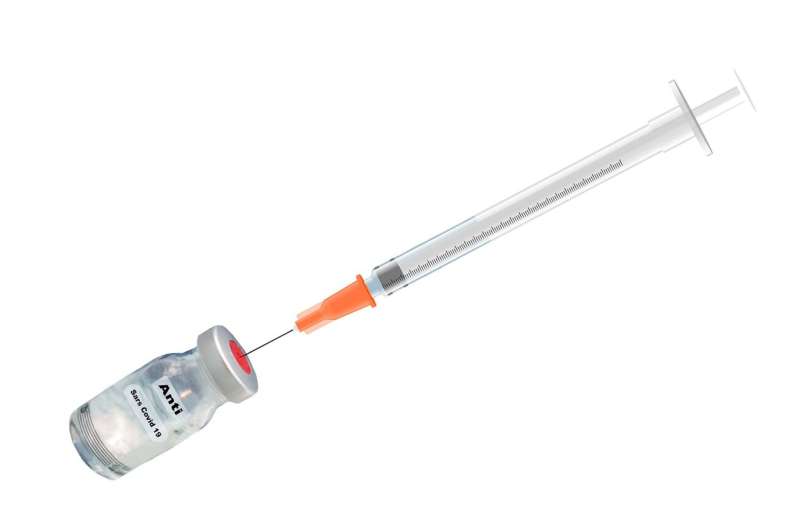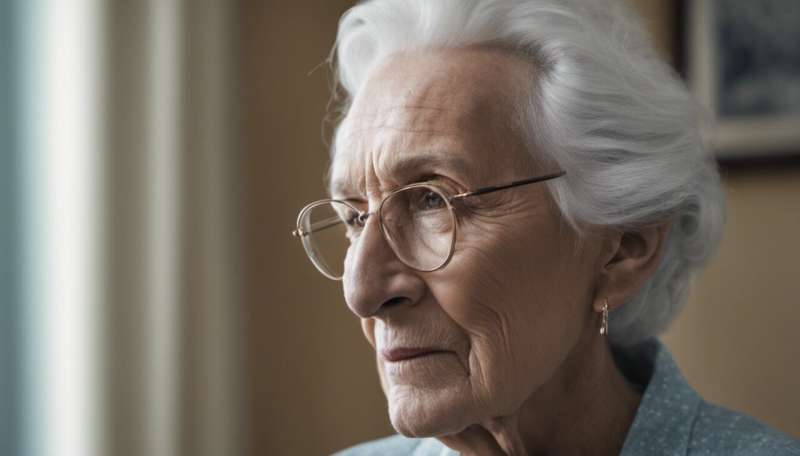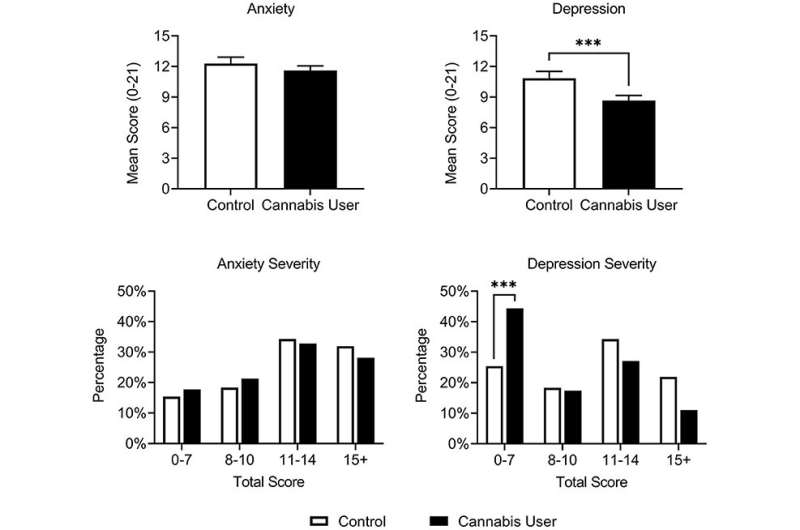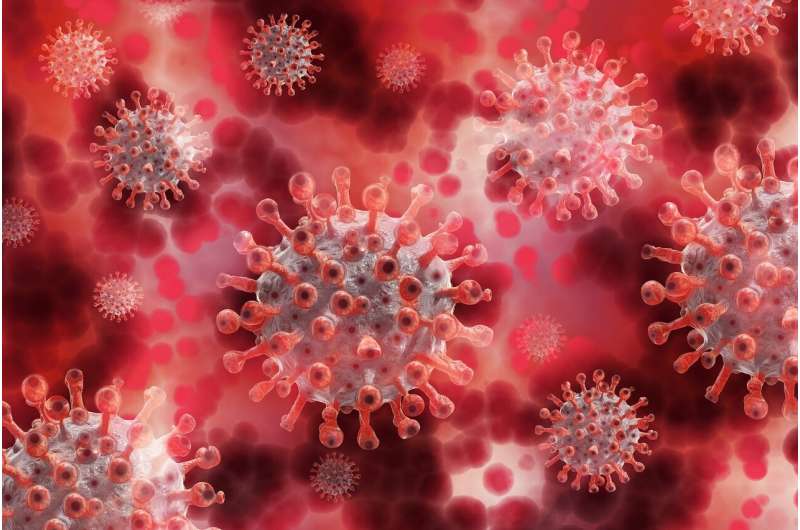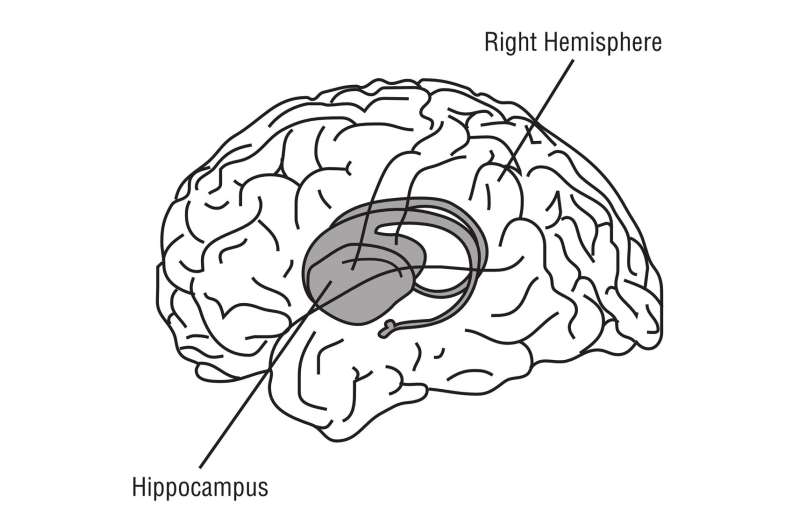Eclipsing of older people in the pandemic: Ageist approaches must not underpin guidance for future crises
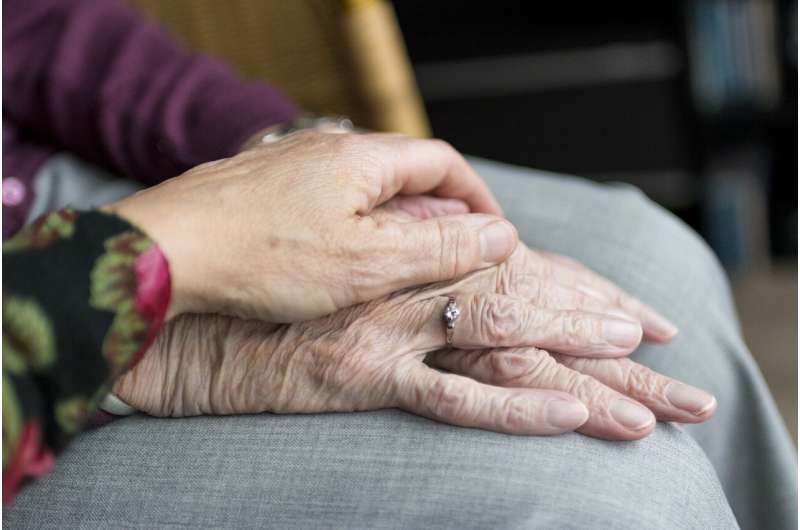
A new qualitative study from researchers at the School of Nursing and Midwifery at Trinity College Dublin provides, for the first time, a depth of understanding of the everyday experience of the COVID-19 pandemic for older people in Ireland.
31 oct 2021--As we move into the winter months and the possibility of further restrictive measures to counteract the spread of the virus, the findings from the study provide important evidence that policy makers and government should be mindful of regarding future possible public health restrictions.
The newly launched report, in partnership with Safeguarding Ireland, found that older people made significant efforts to self-protect from COVID-19. However, this was at the expense of their physical and/or mental health. While public health restrictions applied to the entire population, older people were advised to follow guidance which limited their daily lives.
Unlike previous reports, participants gave a first-hand account of their experience, and described their careful efforts to self-protect. The resilience of older people is a dominant feature of the report.
Key findings of the report
- Older people made substantial changes to their daily lives to comply with the COVID-19 shielding guidance.
- COVID-19 had significant impacts on the health of older people in the community.
- Social capital was demonstrated as compensatory measures were adopted to daily lives.
- Older people reported a general stoic approach to living in the pandemic and they demonstrated resilience in multiple ways.
- The use of technology assisted in managing social and practical activities, however, its use, satisfaction and familiarity differed within the participants in the study.
- Older people need more integrated support systems which maintain their personal, health and social needs.
- Consideration needs to be given to pandemic related information to avoid information fatigue, misinformation, and confusion.
- Post-pandemic rehabilitation will be required to focus on restoring lost physical ability and address the consequences of social isolation and loneliness.
- There is a need to ensure that ageist approaches do not underpin guidance. The rights of autonomy and self-determination need to be central considerations in future similar crises.
A selection of participant quotations from the report (all quotes are anonymous)
- "So I go out to the driveway where the car would normally be, we put it out on the road and just when the pandemic lifted or sorry when the lockdown lifted I would go down the footpath and that I miss a lot. Because I could go you know right down the road and I would be out for maybe twenty minutes down pass all my neighbors' houses and back again. And that was great but then when the lockdown comes, I stay inside the gate."
- "I'm in the kitchen and I'm looking at four walls and when I get tired of those four walls, I go into the dining room and I look at a different four walls and then I go to the sitting room and I look at a different four walls again."
- "And I suppose there is that about mortality, the fact that you could get this awful disease, awful virus and you know, the way you would die isn't very nice and your funeral, you know, for all the people, like you'd be on your own. You wouldn't, I mean, I know you have nurses and they're very good and so on. But your family, you would have no family, you know."
- "So you became neurotic about listening to the radio and you were going from one news item on the radio to the next news item on the television and ending up depressed with the fact that you were ending up that you couldn't move or you couldn't go outside the door."
- "You just feel like you're locked in or hemmed in like, and you can't do anything. And I do wake up and I'll say now I'll do this today, I'll go up to the, I'll go down the post office, oh no I can't, here I am. You know you just feel like you're a prisoner, you know every time you think of something to do you have to knock it on the head because you can't do it, you know."
- Commentators indicate that this will not be the last pandemic. We need to ensure that the voices of our growing aging population are heard and that they are supported to limit health decline, loneliness and continue to foster both social capital and inter-generational solidarity.
Globally it is recognized that there has been an eclipsing of older people in the pandemic; their voices have been minimized and support systems impacted (both formal and informal). More robust health policy needs to be developed to ensure any health (physical and/or mental) health decline is limited through programs of support in the home. In addition, information management is needed to avoid information overload or misinformation which can lead to psychological distress.
Amanda Phelan, professor in aging and community nursing and principal investigator of the study said: "Older people have made significant efforts to self-protect in the pandemic, however, there has been consequences for both their physical and mental health. The impact has been most profound in the older age groups due a disproportionate impact in mortality and morbidity rates. We need a short-term plan of engaging in rehabilitation through comprehensive geriatric assessments and care plans. While our study did not highlight safeguarding issues, it is also important to acknowledge that the conditions of the pandemic exacerbated elder abuse risk factors, and this may be occurring in Ireland under the radar of our data. Thus, a focus on awareness, prevention and early intervention are key considerations."
Welcoming the report Safeguarding Ireland, Chairperson Patricia Rickard-Clarke said, "This paper is one that will be of interest to everyone and particularly policy-makers and those involved in the planning and delivery of health and social services for older people. It is a timely and important reminder of responses that are needed, not only to the pandemic itself, but also to the unintended effects of efforts to limit the spread of disease. Health and well-being are not just about being free from disease but also encompass less tangible, but no less important, matters such as social connectedness, interdependencies and independence."


